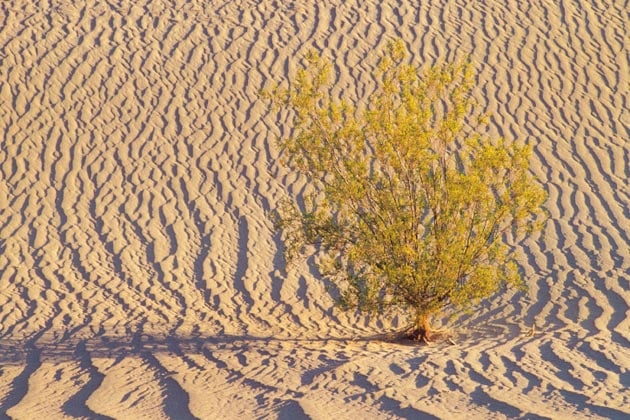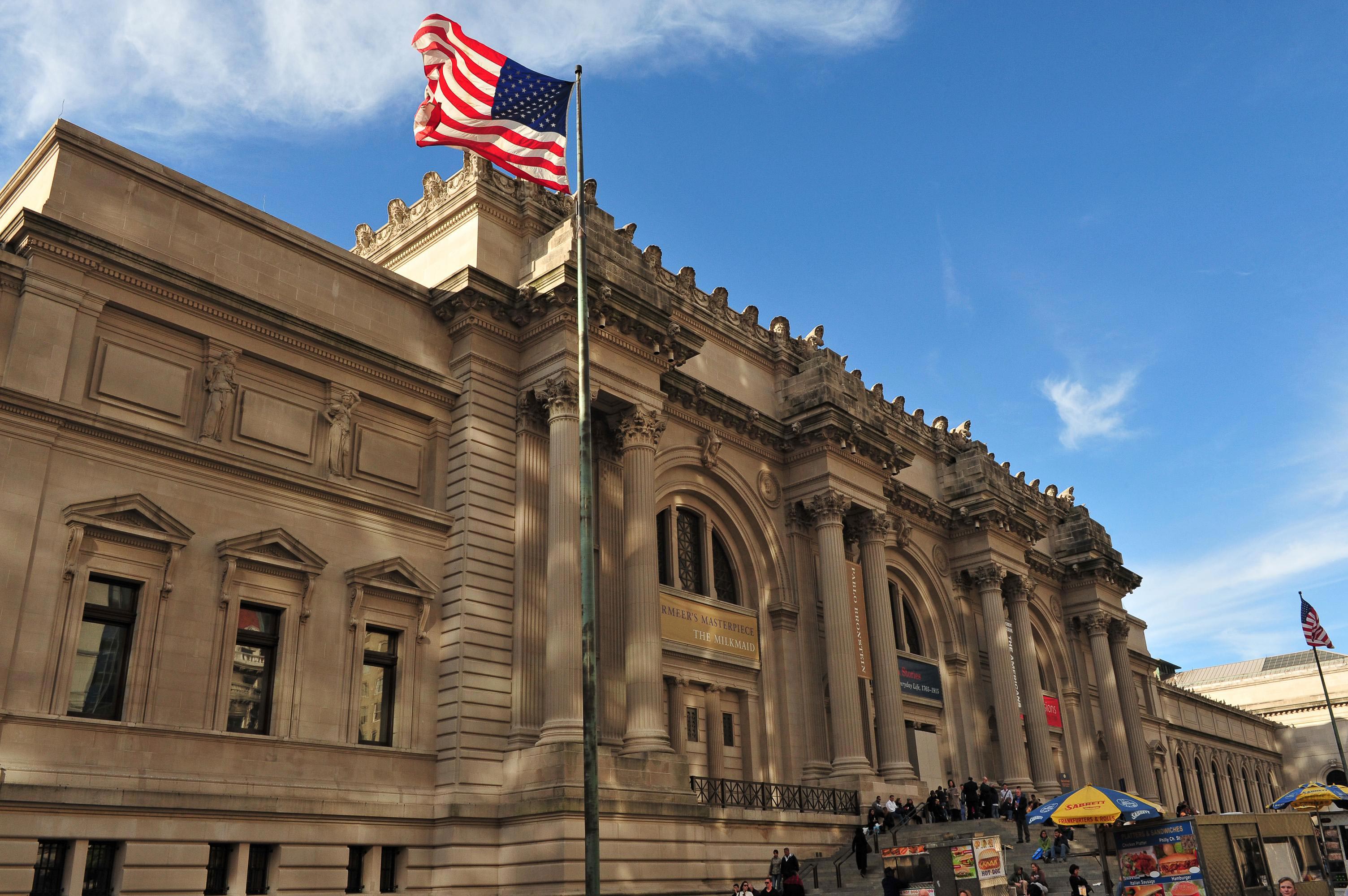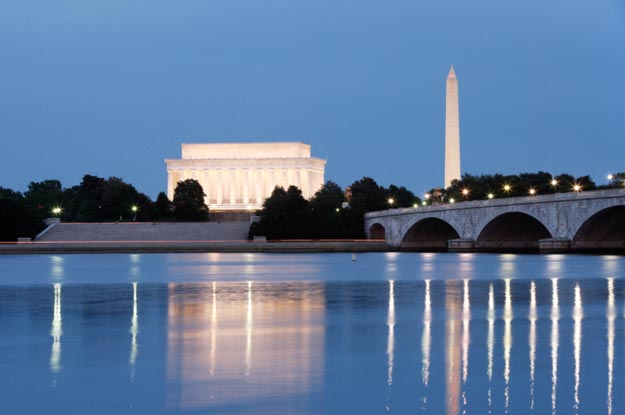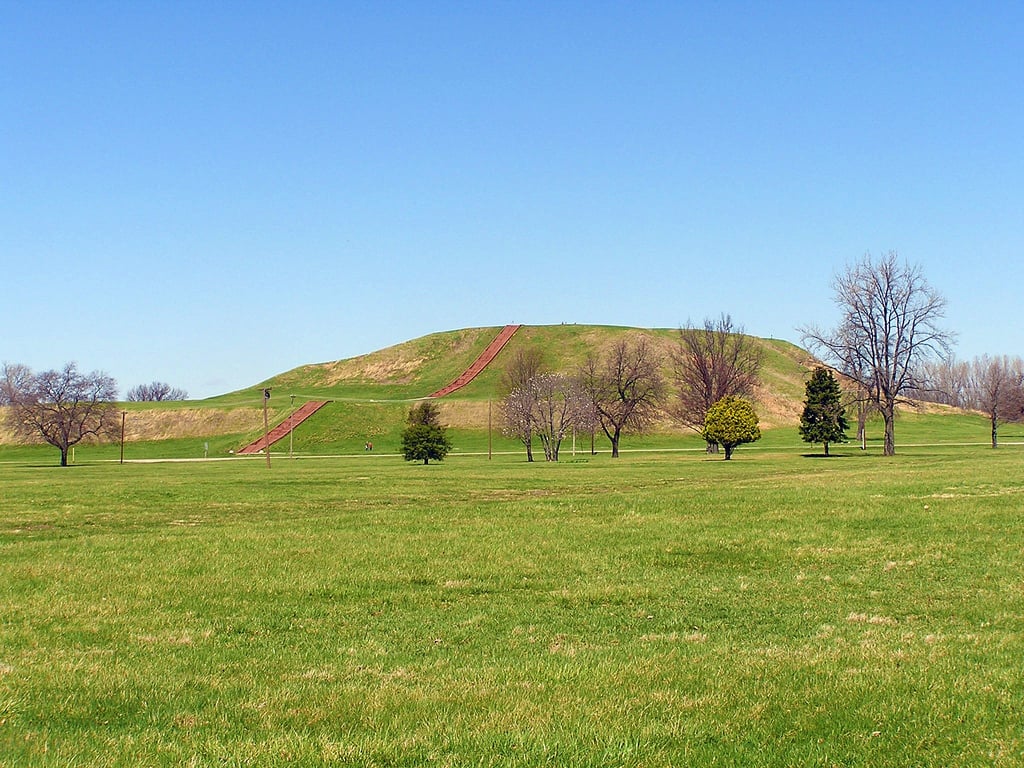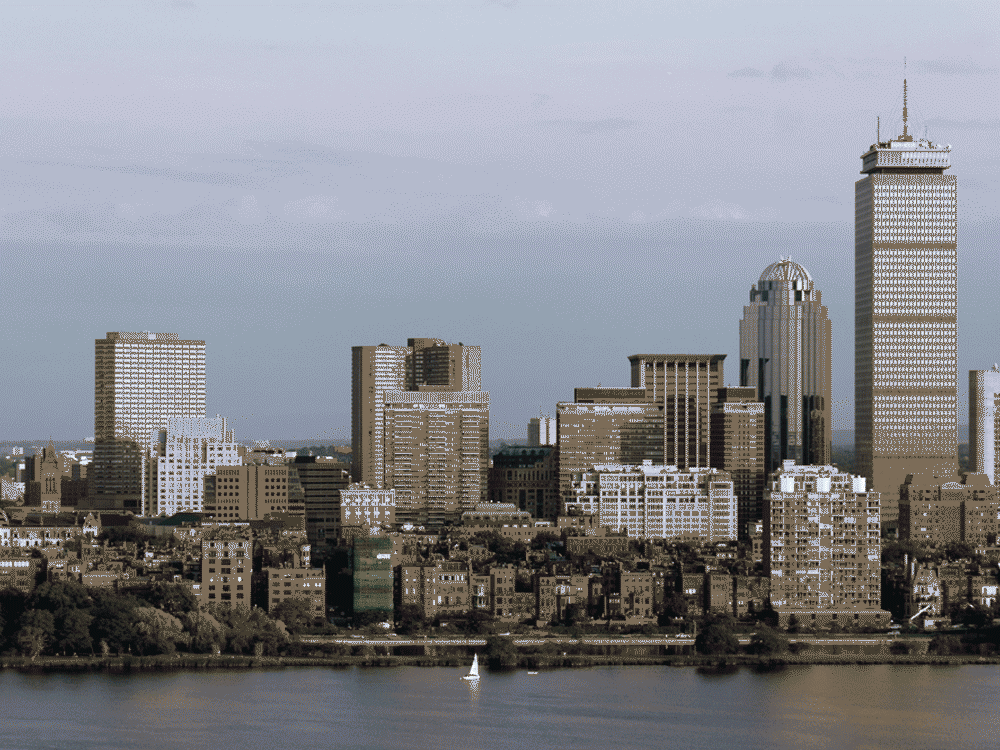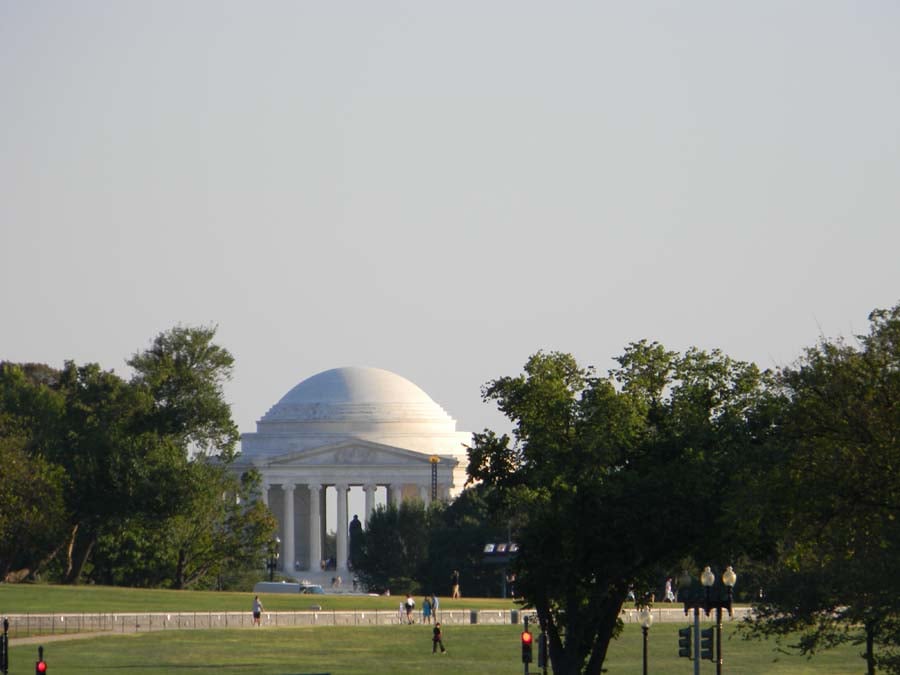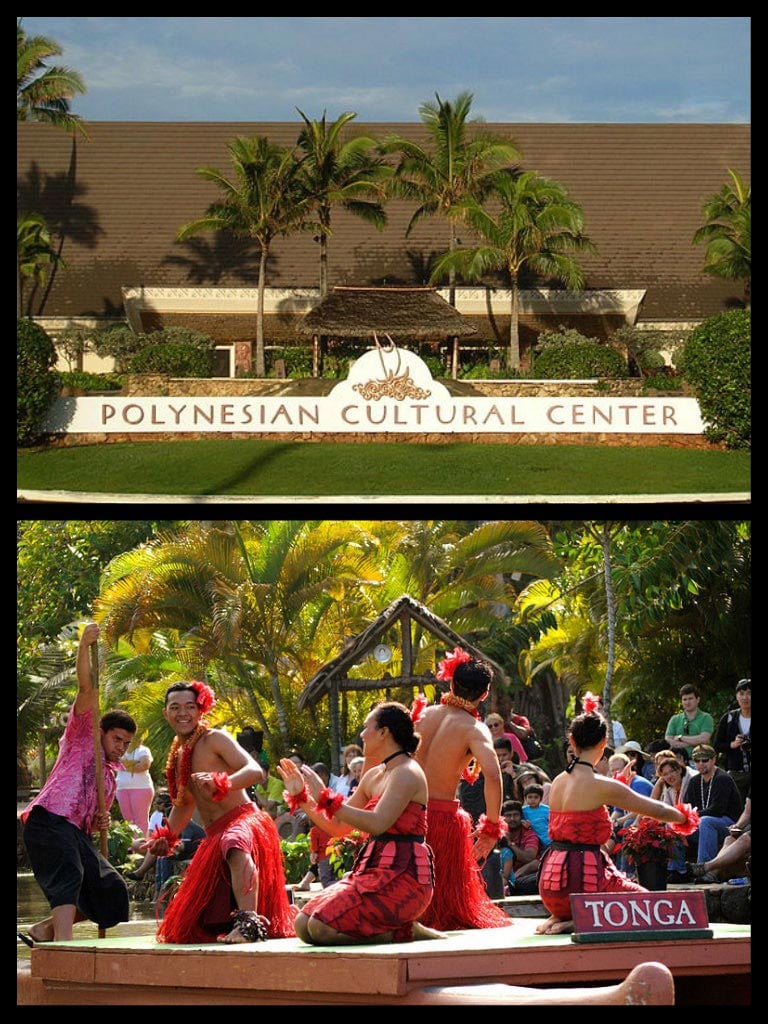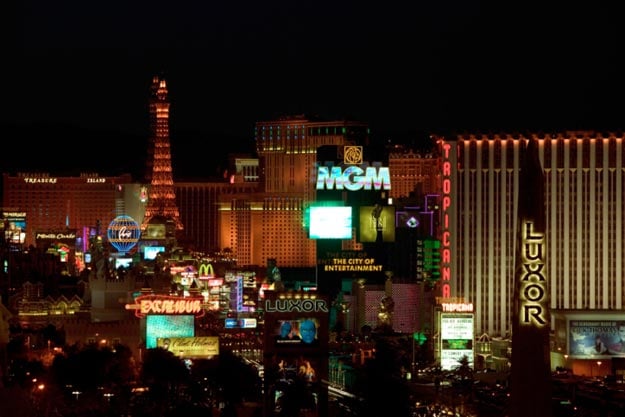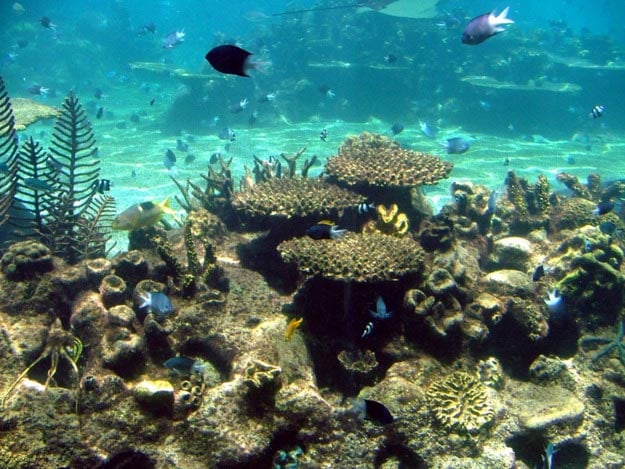
Death Valley National Park is the largest national park located in both California and Nevada states.
Death Valley National Park is a place of extremes, as both the hottest and driest place in the country, as well as the largest national park in the contiguous United States. Death Valley National Park is also home to the lowest point on the continent, Badwater Basin, measuring 282 feet (86 meters) below sea level.
The park is made up of desert areas, salt flats, sand dunes, badlands, canyons, and mountains, and has a very long geological history, with rocks up to 1.7 billion years old. Many people regard the park to be a lifeless empty stretch of land. But, the Death Valley is home to a variety of desert plants and animals, including Bighorn sheep, coyote, and the creosote bush.
Attractions in Death Valley National Park:
Ghost Towns: These ghost towns are characterized by rusting machinery and wood work. The visitors are requested to not to disturb anything or burn anything in these outdoor museums that represent age-old history. Some of the ghost towns include: Ballarat, Chloride City, Greenwater, Harrisburg, Lead Field and Rhyolite, etc.
Keane Wonder Mine and Mill: During its golden period, the Keane Wonder Mine and Mill was one of the two largest producing gold mines in the Death Valley. Since 1942, due to the hauling of the tramway to another site, the mill was abandoned. In the 1970’s, the Death Valley National Park bought the mill.
Flowers: In the magical Death Valley, even the desert blooms with wildflowers. There are over 1,000 plant species including 13 species of cactus and 23 endemics in the Death Valley. The period of mid-February to mid-April is the best time for valley floor and alluvial fans as the flowers bloom at lower elevations. From early April to early May the flowers bloom at 2,000 to 4,000 ft. Elevations. From late April to early June the flowers bloom above 4,000 ft. elevations.
The Wildrose Charcoal Kilns: Established in 1877, the Wildrose Charcoal Kilns operated for just one year. The Kilns were made in Wildrose Canyon to provide fuel for two silver-lead smelters
Mammals: Desert shrew, fringed myotis, silver-haired bat, desert bighorn sheep, mule deer, mountain lion, spotted skunk, ringtail, gray fox, bushy-tailed woodrat, deer mouse, merriam’s kangaroo rat, panamint chipmunk, and many more mammals can be seen at the Park.
Death Valley National Park Location Map
Death Valley National Park Facts
- Death Valley was given the status of a national monument in 1933 by President Hoover.
- It was declared a national park in 1994.
- Death Valley and Panamint Valley are the two chief valleys in the Park.
- Less than 85 miles (136 kilometers) away, the highest point in the contiguous United States, Mount Whitney, towers 14,505 feet (4,421 meters) above sea level.
- The valley is enclosed within four mountain systems, viz. Panamint mountains to the west, and the Funeral, Black, and Grapevine mountains to the east.
Where is Death Valley National Park?
Death Valley is located along the border between California and Nevada. You can drive from Las Vegas or Los Angeles and reach the Death Valley in a few hours. No public transportation is available on this route. You have to either contact a tour operator for private bus service or hire a cab. The nearest airport is Las Vegas International Airport, located at a distance of 120 miles Southeast of the park.
Best Time To Visit Death Valley National Park
Death Valley, as its name suggests, can get uncomfortably hot during summer, reaching temperatures of up to 134° Fahrenheit (57° Celsius). The high heat lasts from around April or May to September or October, the worst months being June, July, and August.
Death Valley National Park Hours
Death Valley National Park Tickets
More about Death Valley National Park
Nearby attractions: Las Vegas, Sequoia National Park, Yosemite National Park
Related: California Location Map | California Map | Nevada National Parks Map
